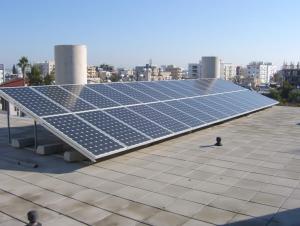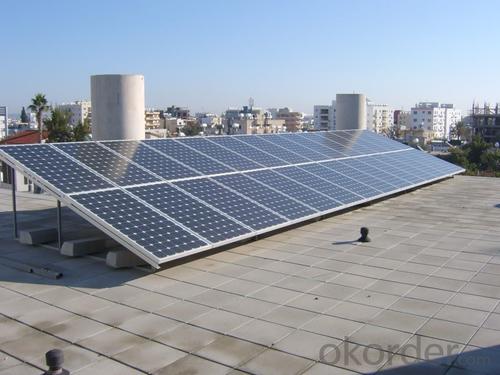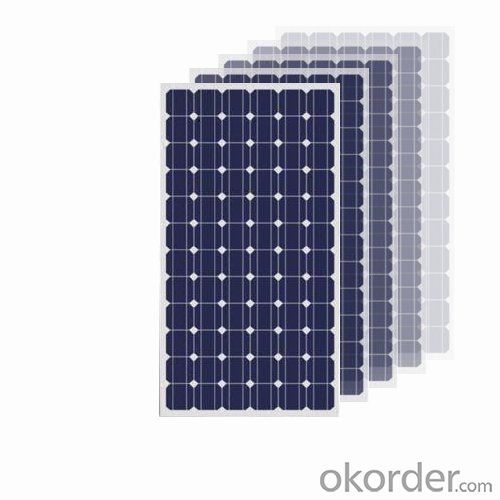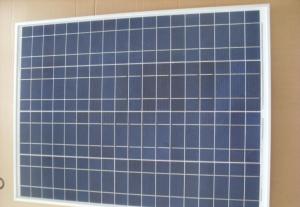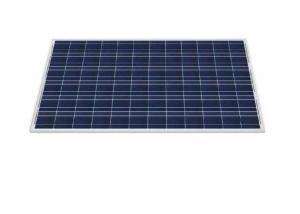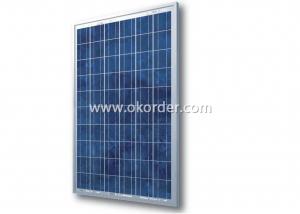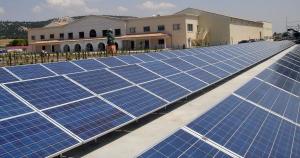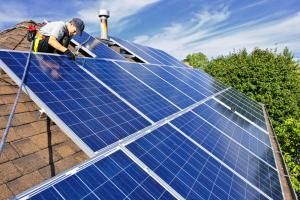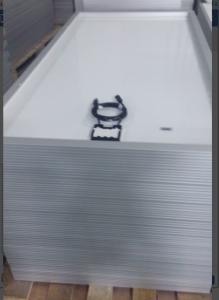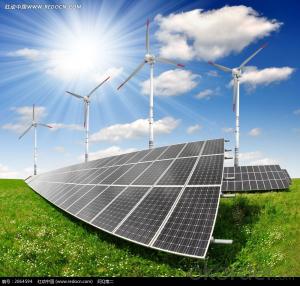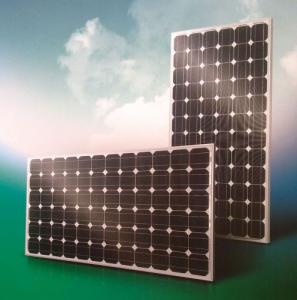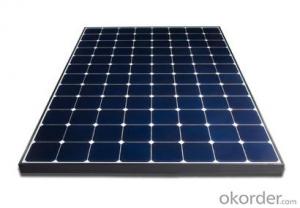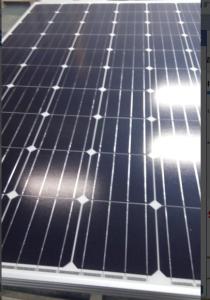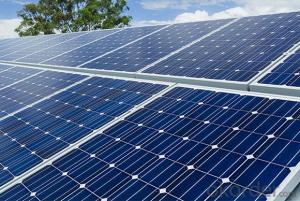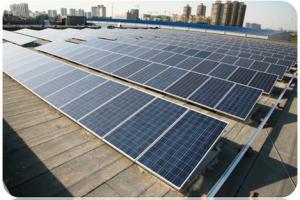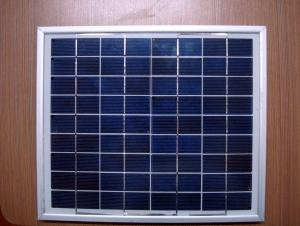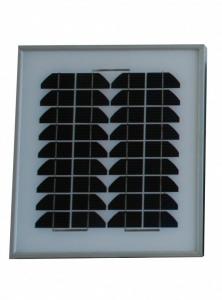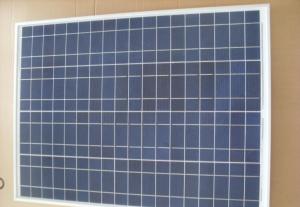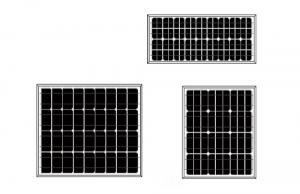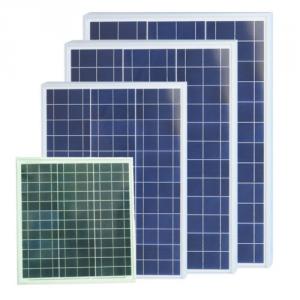Highest Rated CNBM 48-Cell Mono Crystalline Solar Module 220W
- Loading Port:
- China main port
- Payment Terms:
- TT or LC
- Min Order Qty:
- 100000 watt
- Supply Capability:
- 10000000 watt/month
OKorder Service Pledge
OKorder Financial Service
You Might Also Like
About us
CNBM International Corp, established in 2004, is the business entity for trade and logistic of CNBM Group.With the advantages in Cement, Composite Materials, New Building Materials and Engineering, CNBM mainly concentrate on coal, steel and construction equipments and give priority to solar and wind energy development.CNBM International is highly recognized by its business partners and clients all over the world and has established good business relationship with the customers in over 120 countries and regions all over the world.
Why LDK Solar Monocrystalline Modules?
Industry leading module power output warranty of 25 years
International quality and safety certifications
Manufactured in ISO 9000 certified factories
High-reliability with guaranteed 0/+5W peak power classification
Excellent performance under low light environments
Entire module certified to withstand high wind and snow loads
Warranty
LDK Solar provides one of the most comprehensive module warranties in the industry:
10 years for product defects in materials and workmanship
First 12 years for 90% of warranted minimum power
Remaining 25 years for 80% of warranted minimum power
Dimensions(Laminate):1320 x 986 x 35 mm [51.97 x 38.82 x 1.38 in]
Solar Cells:48 (6x8) monocrystalline silicon -
156 x 156 mm [6 inch] solar cells
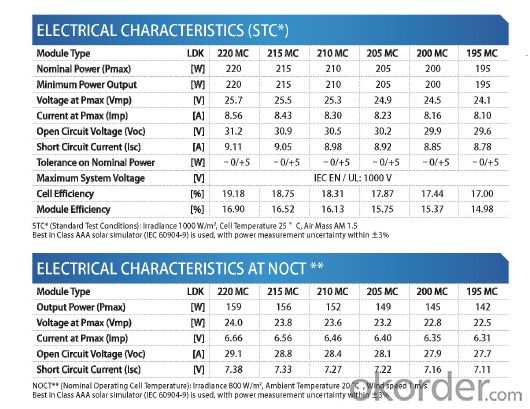
If to get more details, would please kindly review the datasheet as attached?Thanks.
- Q: I heard that solar energy has a lot of advantages but are there any drawbacks in using the solar panels?
- The major drawbacks are the high cost with low power payback. Also, the sun isn't shining for a good share of the time. life span is 20-30 years and then you have to spend the money all over again. It's cheaper to use public utilities for power, but not as green.
- Q: the solar panel works with LEDs, small bulbs,etc but neve with any dcmotor. Please help. I have a science exhibition.
- It may well be that the motor demands more *current* than the panel can provide. Can you measure the voltage from the panel with the LEDs across it, and then with the motor across it? I suspect that you'll find that the motor makes the voltage collapse.
- Q: I have a panel that quot;deep breatheproduces at 4% efficiency, what can it power, It's about 4ft by 2ft
- confident. this relies upon and the dimensions and performance of the image voltaic panel and the capability intake of the easy bulb. in case you % consistent capability whilst the solar isn't attainable, the panel must additionally be powering a financial business enterprise of batteries and capability drawn from them. My closest publicity to image voltaic panels turn right into a neighbor who took a single one with him tenting to capability a single fan. It did an excellent activity of airing his tent throughout the day so it did no longer warmth like an oven. This turn into an application the place the capability turn into in simple terms mandatory whilst the solar turn into shining. evaluate to windmills initially put in to pump water for livestock and retrofitted with electricity turbines *and* a storage battery. the ordinary use for the electrical powered energy turn into for listening to radio interior the evening, whilst the reception turn into extra effectual. The use with a battery somewhat than in simple terms for instantaneous capability is shown as being the norm somewhat than the exception in living house applications.
- Q: If my school uses 88240kWh of electricity per month and I have 000 50W solar panels running for 6 hours a day, does it mean it will take 88240kWh / {{[(50W x 3600s)*000]/000}kWh x 6} number of hours to generate that much electricity (88240kWh)?
- running six hours a day doesn't mean much. You need to look at the solar insulation charts for your school's geographical location to come up with a better factor. The easiest number for you to use is sun hours. For example, Washington DC averages 4.23 hours. Do a Yahoo search for sun hours and you should find lots of charts. Solar panels rated at 50W give this output at full sun near noon at full brightness (no clouds). The sun hour factor makes it easy to find the equivalent number of full brightness hours. So, using Washington DC as an example you have: 000 panels * 50W * 4.23 sunhours/day = 634kWh a day on average. You state your school uses 88240kWh/month which is 6274kWh a day. This would mean you need ten times more solar panels since there is no way to get more daylight. Be careful to put in all the units in your formula and cancel them out to make sure you don't end up with a nonsense result. The title of the question would be answered as followed: 50W/000 * 4.23 sunhours/day = 0.63kWh/day or 9kWh per month or 228kWh a year. These are annual averages. If you wanted a specific month, you would need the sun hours for that month. Hope this helps.
- Q: can this amount of solar charge these batteries.
- you need to have a voltage regulator on the gadget. That suggested, i imagine you're literally not giving it sufficient time. The battery might want to convey the voltage all the way down to its element. it is merely you attempt to replenish a huge reservoir with an eye fixed dropper. Bringing the voltage down would not help both. That lowers your ability.
- Q: I have some property off the grid and am looking to add solar power
- Most Solar Panels are roughtly 6% efficient. Since the sun gives out about 366 watts per square meter, a good panel would be 200+ W/square meter. If you want to save a bunch of money, I suggest you have a look at this tutorial I'm linking. The guy explains how you can assemble your panel yourself. It's far easier than I first thought !
- Q: i need someone to advice me which solar panels to buy.i have looked into few companies and i need some more info before decidingthe companies i checked were Sun tech trina solar Canadian solar and LDK solar.whice company should i pick?? please help.
- If all things are equal buy local. If you are building for a LEED project then choose a manufacture within 500 miles. Another reason to choose a local panel is that if things go wrong there is a better chance of a satisfactory resolution. A no name knockoff from overseas might prove to be difficult to find a few years down the road. One good place to check is the Go Solar California website. They have proof of performance testing on hundreds of panels.
- Q: hi everyone..i wanna do my major project on solar panels...so anyone kindly tell me the projects based on solar panels..
- I have done this in my project too and a solar panel, two wires, a circuit/project board, an LED light/a small fan,a switch and a solderer. Just solder the wires to the positive and negative parts of the panel, put the wires connected to the panel to the board put the LED's on the other side and the switch together with it shine light on the panel and the light/fan will work.(If it dosen't work, please DO NOT consult ME.)
- Q: Can solar panels be used for powering a data center?
- Yes, solar panels can be used to power a data center. Solar panels generate electricity by converting sunlight into energy, which can be used to power various devices and systems, including data centers. By installing a sufficient number of solar panels and utilizing energy storage systems, a data center can operate on renewable solar power, reducing its reliance on traditional energy sources and minimizing its carbon footprint.
- Q: Can solar panels be installed on a hospital or medical facility?
- Yes, solar panels can be installed on a hospital or medical facility. In fact, many hospitals and medical facilities have already adopted solar energy to reduce their carbon footprint and lower energy costs. Solar panels can be installed on rooftops or on the ground surrounding the facility, providing clean and sustainable energy to power the facility's operations.
Send your message to us
Highest Rated CNBM 48-Cell Mono Crystalline Solar Module 220W
- Loading Port:
- China main port
- Payment Terms:
- TT or LC
- Min Order Qty:
- 100000 watt
- Supply Capability:
- 10000000 watt/month
OKorder Service Pledge
OKorder Financial Service
Similar products
Hot products
Hot Searches
Related keywords
